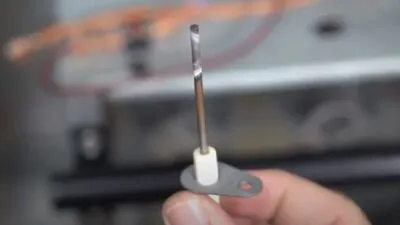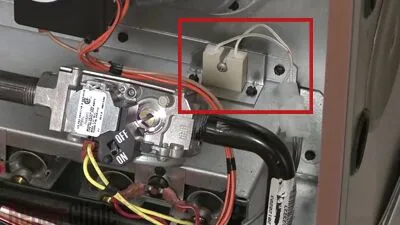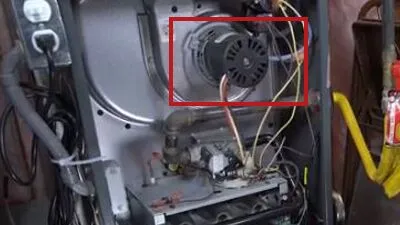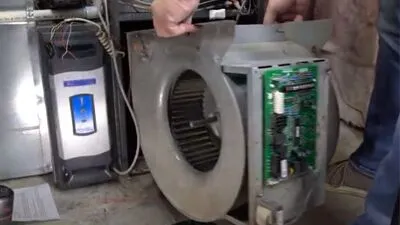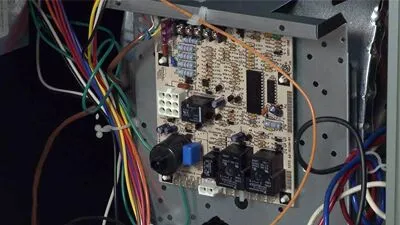
![]() Click here for a video explaining where the flame sensor is and how to clean it
Click here for a video explaining where the flame sensor is and how to clean it
Sometimes flame sensors fail as well. They are meant to sense electricity from the flame the furnace produces, if the sensor shorts out or goes bad, it may also need to be replaced. Stray voltage in the house can cause a flame sensor to malfunction, wear out, and eventually break. Here is a video explaining how to replace a flame sensor if it has failed:
![]() Click here for a video explaining how to replace a flame sensor if it has failed
Click here for a video explaining how to replace a flame sensor if it has failed
